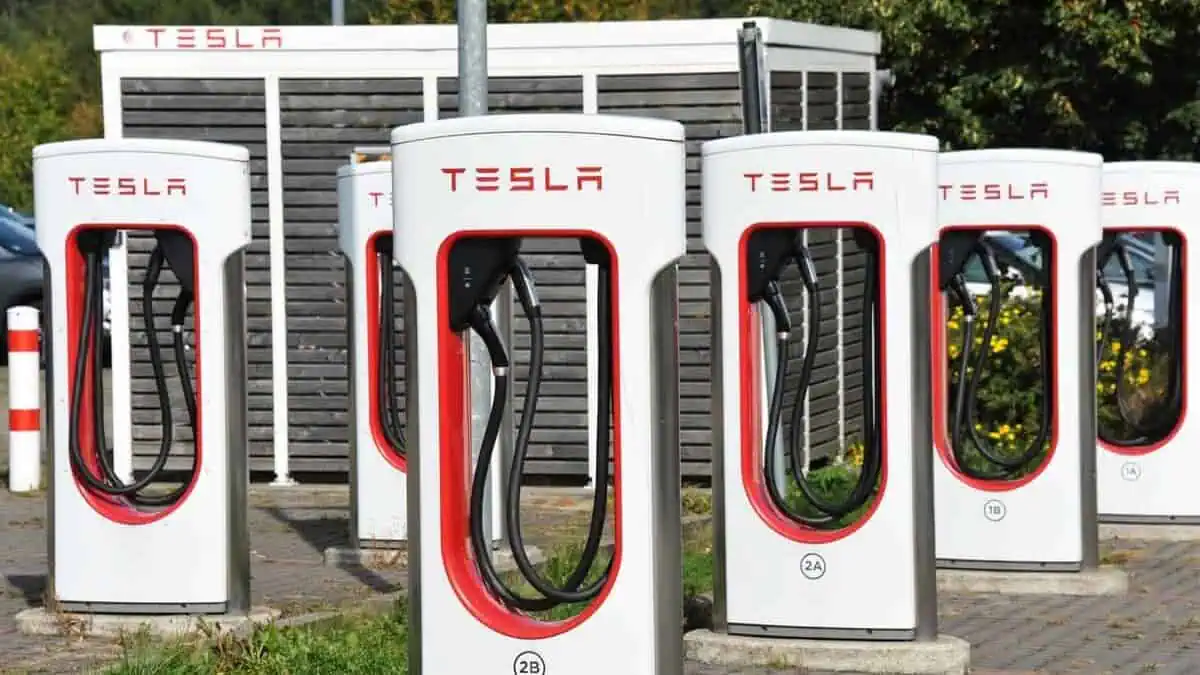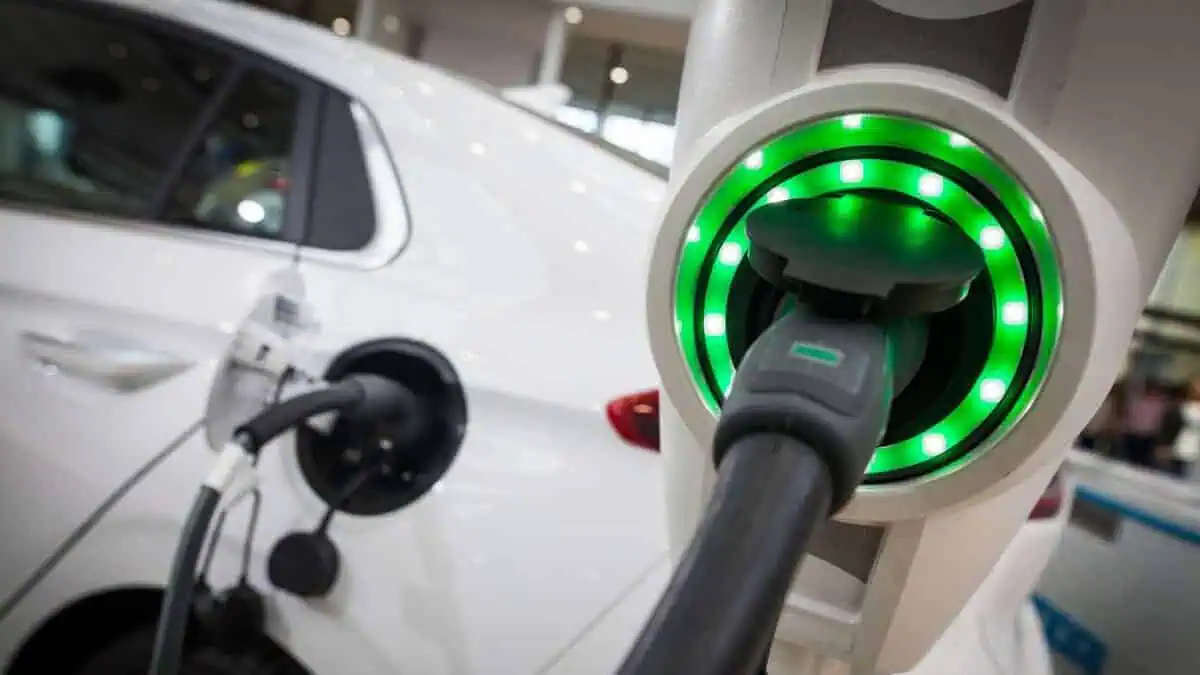In the next four years, South Korea‘s government aims to deploy over 200,000 electric vehicle chargers to promote electrification and encourage the transition away from fossil-fueled cars.
Green Car Reports reported that although Seoul’s nine million plus citizens mostly rely on the subway or buses, Fast Company estimates that there are still about four million registered vehicles and motorbikes in the city.
Notably, Seoul officials want 400,000 of these cars to be electrified by 2026. They believe that 140,000 EV chargersare necessary to achieve that target, but they intend to install 220,000. Based on the report, this will guarantee that households are never more than a five-minute walk from one.
In Seoul, like in other large cities, the availability of public charging infrastructure is crucial to EV uptake because the majority of people live in apartment buildings without space for installing private home chargers.
According to Soonkyu Jung, Seoul’s eco-friendly vehicle director, charging infrastructure must be “dramatically improved to accelerate the transition to electric cars.” It is worth noting that the city was one of 20 contenders for the C40 Cities Bloomberg Philanthropies Awards.
Remarkably, the approach implemented in Seoul combines traditional chargers in gas stations and parking lots with chargers incorporated into building walls or streetlights. Adding infrastructure for charging EVs has already been a relative success for the city, from just 8,000 in 2020 to 20,000 in 2021.
“It is challenging to find space for chargers in a crowded city like Seoul, so we are trying to address this problem by adopting outlet chargers that can be installed on walls and pillars of parking lots and buildings,” Jung says.
Additionally, Seoul has a “green transport zone” that limits entry for the most polluting older cars.
Starting in 2025, these same vehicles will be prohibited from entering the city. By 2035, Seoul aims to stop registering new internal combustion vehicles. By 2050, it intends to ban their use on city streets.
Despite not being outspoken about it, several cities are also considering innovative methods to expand their charging infrastructures. For instance, Seattle is assisting locals by implementing streetside charging. Meanwhile, British company Urban Electric has demonstrated sidewalk chargers that fold away for pedestrian access. Streetlight charging has also been proposed for US cities.
However, in-city charging might need various strategies combined, while the future of fast-charging highways may feature a unified design reflecting a new type of rest area.
The city anticipates reducing CO2 emissions by over a million tons annually, or 40% less than in 2005, by switching 400,000 vehicles to electric. Jung says, “Electrification of transport will also significantly improve air quality and public health threatened by air pollution.”






